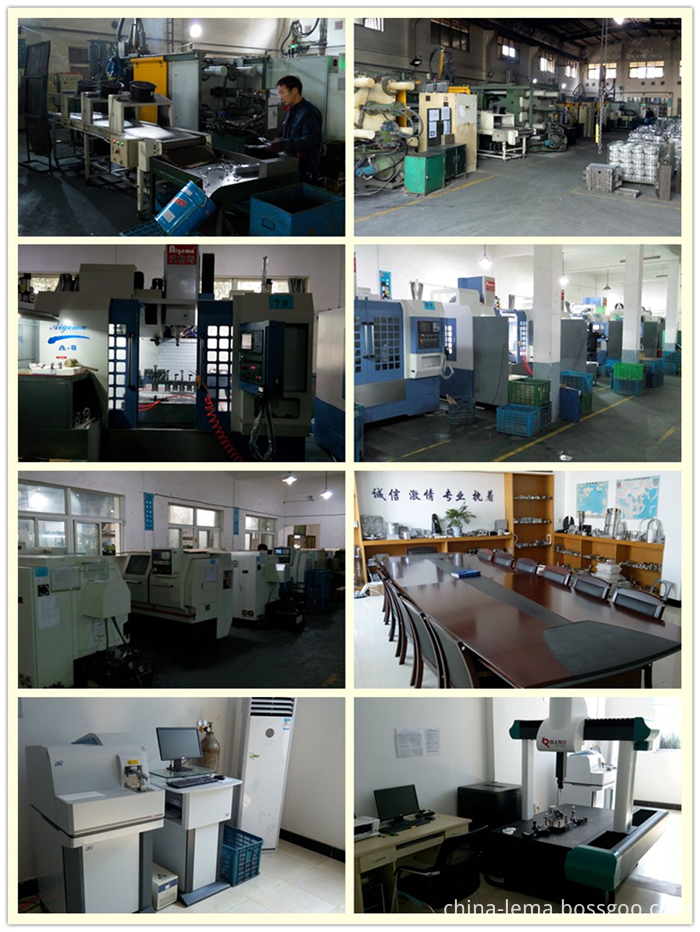A total of 174 samples were arranged for the regional distribution of four types of commercial forests in the city of Huzhou. There are 42 Chinese fir forests, 60 bamboo shoots, 30 tea plantations and 42 fruit trees. At the same time, 15 representative natural evergreen broad-leaved forest sites were selected as references. After selecting sample plots, a representative soil profile was set at each site, and soil samples from 0 to 30 cm soil samples were taken on the profile. The standard of soil nutrient depletion in the red soils of the low hilly area in the south is different, but there are some differences in the soils in different areas, especially the low-mountain and hilly soil nutrient circulation migration and leaching loss processes are very different. Since the natural evergreen broad-leaved forest is a zonal forest species in the area, the soil nutrient status of the evergreen broad-leaved forest can be used as a fertile standard for soil nutrients in the area.
By using a soil tester to analyze the soil of four samples, it can be found that the sum of organic matter and severe barrenness in the Chinese fir plantations, bamboo forests for bamboo shoots, and tea gardens accounts for more than 50%, which is 52.38%, 50.00%, and 53.33% respectively. The soil of the fruit trees is mainly lightly barren (52.38%), which is related to the use of organic fertilizers in some fruit trees. However, the proportion of soil organic matter in the four types of commercial forests is below 10%. Judging from the average value of the four types of commercial forests, the proportion of fertile organic matter and severe barren soil is not high, but mainly light and moderately barren, accounting for 35.60% and 40.12%, respectively.
From the measurement results of the soil tester, it can be concluded that the degree of soil nutrient depletion severity is in the order of China fir> bamboo forest> tea plantation> fruit forest, and single nutrient analysis shows that the soil nutrient is poorly degraded, and the degree of soil nutrient depletion in the fruit forest is the most The light result is consistent. Due to the fact that farmers are investing more fertilizer into fruit trees in production, soil erosion occurs in the course of operations, but soil nutrient content can still be maintained at a relatively high level. After the fir forest was excavated and afforested, there were few man-made fertilization measures. In addition to the high lignification of litter, the litter was difficult to be attached to the ground, and the decomposition rate was small. Therefore, the nutrient return rate was not high, resulting in a decrease in soil nutrient content. There are often fertilization habits in bamboo shoots and tea gardens for bamboo shoots, but the fertilization surface is not as broad as forests, and therefore the degree of soil nutrient barrenness is greater than that of fruit trees.
Copper die casting part is similar the aluminum die casting, the die casting machine also the same, but the life of Cu Die Casting Mould is very short, only about 10,000 shots, because the high melting point of copper alloy, it is easy make the mould aging.
The copper die casting, brass die casting production flow chart

Materials of copper alloy die-casting: Cu 59-1, Cu 63, Cu62;
The precision of the Cu die casting part: ±0.15mm;
Smoothness of rough part: Ra3.2;
Shrinkage rate of brass die casting products: 0.6%;
Material wastage rate: 6%;
Cu die-casting machining allowance: 0.5mm~0.7mm;
Surface preparation methods: Sand blasted, Shot blasting, Powder coating, Painting, Plating, Polishing.
Our company's production equipment and management system
copper die casting production equipment: L.K brand die casting machine From 160T, 200T, 280T, 400T,
CNC machining center: 6;
CNC lathe machine: 12;
Work days of one week: From Monday to Saturday;
Shift work: 2 shift per day;
Working hours: From AM 8:00 to PM 4:30;
2D and 3D drawing Software: AutoCAD, UG, Pro/E, SolidWorks 2015;
QC control: New type NANO CMM, FPI M5000 desktop metal analyzer, Mechanical properties tester.
My company`s strengths of Cu die casting, CNC machining, and QA control.

Copper alloy die casting parts
Copper die casting, brass die casting, Cu die casting, aluminium bronze die casitng, tin bronze die casting, beryllium bronze die casting
NINGBO BEILUN LEMA MACHINERY TECHNOLOGY CO.,LTD , http://www.china-lema.com